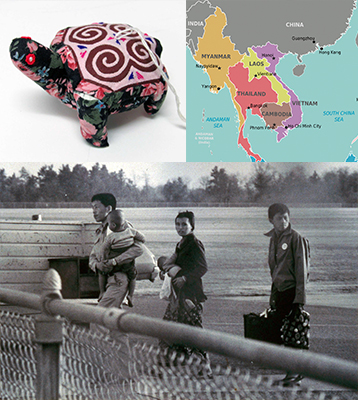Videos, Podcasts, and Photo Presentations
We hope you enjoy the video, podcasts, and photos presented here. The Chippewa Valley Museum collects, preserves, and displays important, regional, cultural artifacts from the Chippewa Valley. If you enjoy this content please make a donation.
Take a 360° Virtual Tour
Hmong in Eau Claire Web Exhibit
The Hmong in Eau Claire can trace their historic roots to southern China. In the early 1800s, Imperial China began suppressing the Hmong and other ethnic minorities. This timeline begins when large numbers of Hmong left southern China and resettled in the mountains of Southeast Asia. Learn more in this special web exhibit.

Sounds Like Home Podcasts
The Sounds Like Home audio series covers music and everyday life in Wisconsin's Chippewa Valley. In six episodes, we present the voices of regional musicians telling their own stories.
Sounds Like Home is an initiative of the Chippewa Valley Museum. It’s a regional music documentation project that spans field research, a museum exhibit, and this podcast. Sounds Like Home is supported in part by the National Endowment for the Arts with additional funding by the Wisconsin Arts Board.
Eau Claire’s Larry Lompa introduces us to the accordion’s lesser-known cousin, the Chemnitzer concertina. His own cousin, Bob Cynor, explains the Polish polka subgenre of Chicago “honky” music.
The members of Lac Du Flambeau drum group Tomahawk circle describe life on the intertribal powwow circuit. Accordion player Ryan Herman reminisces about how he started gigging with his dad’s band, the Rhythm Playboys.
Theresa Slipek describes secretly shirking household chores to teach herself the concertina. Iris Carufel talks about interpreting gender roles across Native American music contexts.
